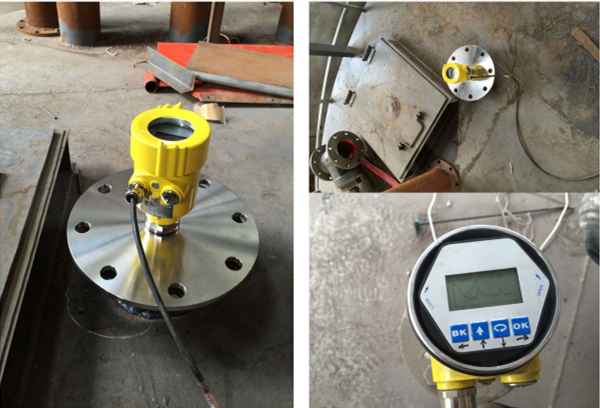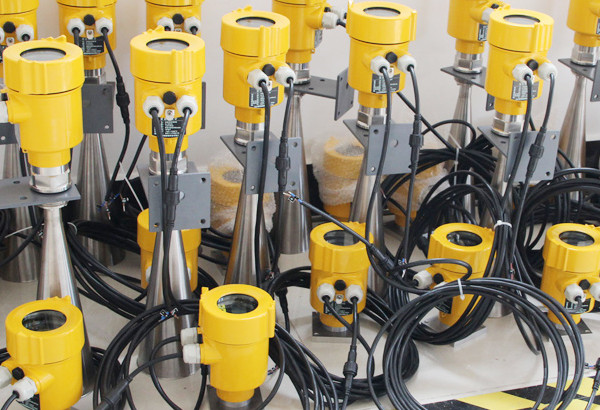Radar level meter in the use of the process, how to debug the question arises. So today we will talk about how to debug the radar level meter.
Before saying how to debug the radar level meter first of all understand what is the radar level meter? What are its advantages?
Radar level meter is suitable for high temperature, high pressure, vacuum, steam, high dust, and volatile gases and other harsh environments, simple installation and commissioning, widely used in metallurgy, building materials, energy, petrochemical, water conservancy, food, and other industries.

What are the characteristics of the radar level meter?
1. High accuracy, no blind area
2. Two-wire technology is an excellent alternative to differential pressure meter, magnetostrictive, radio frequency conductivity, and magnetic flap meter
3. Pressure and temperature changes, vacuum, smoke, steam, and other environments will not affect it
4. Easy installation, rugged and maintenance-free
5. The digital LCD display can easily realize the field calibration operation, and the software gdpf can realize simple configuration settings and programming
6. Sensitive measurement can be achieved, and the speed refresh is fast
7. Suitable for high temperature working conditions, process temperature up to 200℃, up to 300℃ when using high-temperature extension antenna.

Finally, focus on the three commissioning methods of radar level meter
1. Through the display adjustment module PM;
2. Through the software SOFT debugging
3. through the Hart handheld programmer.
Here it is worth noting that commissioning via software SOFT, regardless of the output signal, 4…20mA/Hart, the radar sensor can be commissioned via software.
For instrument commissioning with software, an instrument connector CONNECTCAT driver is required. During software commissioning, power up the radar instrument with 24 VDC and add a 250 Ohm resistor to the front of the Hart adapter.
If a powered instrument with an integrated Hart resistor does not require an additional external resistor, the Hart adapter can be connected in parallel with a 4…20mA line.
